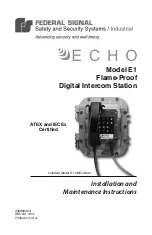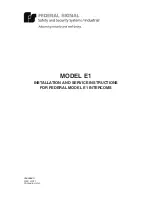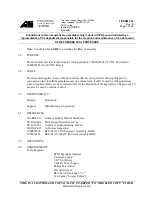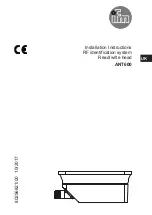
184
•
Fieldbus Communication
ETHERNET
WAGO-I/O-SYSTEM
750
BACnet/IP Controller
TCP port numbers
TCP can, in addition to the IP address (network and subscriber address), re-
spond to a specific application (service) on the addressed subscriber. For this
the applications located on a subscriber, such as a web server, FTP server and
others are addressed via different port numbers. Well-known applications are
assigned fixed ports to which each application can refer when a connection is
built up.
Examples:
Telnet
Port number: 23
HTTP
Port number: 80
A complete list of "standardized services" is contained in the
RFC 1700
(1994)
specifications
.
TCP segment
The packet header of a TCP data packet is comprised of at least 20 bytes and
contains, among others, the application port number of the transmitter and the
receiver, the sequence number and the acknowledgement number.
The resulting TCP packet is used in the data unit area of an IP packet to create
a TCP/IP packet.
4.1.3.2.4 UDP
The UDP protocol, like the TCP protocol, is responsible for the transport of
data. Unlike the TCP protocol, UDP is not connection-orientated; meaning
that there are no control mechanisms for the data exchange between transmit-
ter and receiver. The advantage of this protocol is the efficiency of the trans-
mitted data and the resulting higher processing speed.
4.1.3.2.5 ARP
ARP (Address Resolution Protocol).
This protocol combines the IP address with the physical MAC address of the
respective ETHERNET card. It is always used when data transfer to an IP ad-
dress takes place in the same logical network in which the sender is located.
















































